Have you ever wondered, “How bright is this lighting equipment?” when purchasing it?
A decade ago, incandescent light bulbs were the main form of lighting, so the brightness could roughly be understood by how bright the wattage (W) value went up to.
Today, LED lighting has become more commonplace and the brightness can hardly be understood just by judging the wattage standards as one would in the past.
LED bulbs for home appliances and LED ceiling lights sold at home improvement stores or electronics stores are labeled like 100W equivalent or 60W equivalent on their packages.
Excluding what I have mentioned above, there are cases where the brightness may not immediately be understood.
By the way, W (watt) is a unit that indicates power consumption, not brightness.
In the case of incandescent light bulbs, the larger the power consumption, the larger the brightness, so it was used as if W were a unit of brightness.
■ What is lumen (lm)?
This is where the lumen (lm) comes in as the brightness standard for LED bulbs.
The reason why the lumen is now used to tell the brightness of LED bulbs is that LED lightings require less wattage than incandescent light bulbs to achieve the same level of brightness. That means it is impossible to tell the brightness of LED bulbs properly with watts.
Let me explain what the lumen is as a unit.
Please see the following comparison of lumens next to the wattage of incandescent light bulbs.
The brightness in lumens is equivalent to the brightness in watts for the E26 incandescent light bulb.
- 20W 170lm
- 40W 485lm
- 60W 810lm
- 80W 1160lm
- 100W 1520lm
I hope you now have some idea of what the brightness in lumens is like.
Brightness can vary depending on shapes or types of light bulbs such as small bulbs, ball bulbs, and halogen bulbs, so these are just reference values.
I believe you can now choose the brightness of general consumer LED lighting without any problems.
But what about LED lighting equipment for stage lighting like PAR lights?
I think that there are almost no professional LED lights that show their brightness in lumens, including ours at Sound House.
It’s probably because the light intensity of stage lighting equipment can change according to dimming and effects, so it is difficult to determine the brightness in lumens.
Instead, lux (lx) is often used for illuminance.
■ What is illuminance (lux/lx)?
Illuminance refers to the brightness of the incident light on a flat object.
Let me give some examples.
- 60 cm away from a 100W incandescent light bulb turned on in a dark place: Approx. 500 lx
- A row of fluorescent lights above a desk in an office: Approx. 500 lx
- Standing under a street light: Approx. 100 lx
- 20 cm away from a candle: Approx. 10 lx
- Moonlight: Approx. 1 lx
By the way, I measured the illuminance on my desk with an illuminance meter.
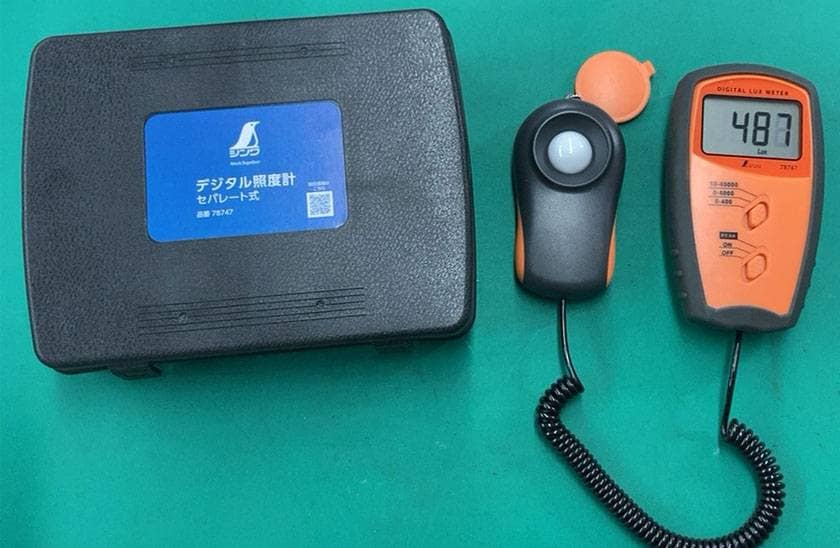
It can vary depending on the place where it’s measured, but it measured to be around 500 lx.
I think that 500 lx should be bright enough to have no problem during regular use.
In an area like the living room where I don’t do detailed work, I can go about my day without any problem while under the illuminance of about 300 lx.
■ How to choose stage lighting equipment
Now that you have somewhat of an idea as to what lux is, let’s go back to stage lighting.
For stage lighting, the manufacturer usually provides a photometric graph on their website or in the user manual.
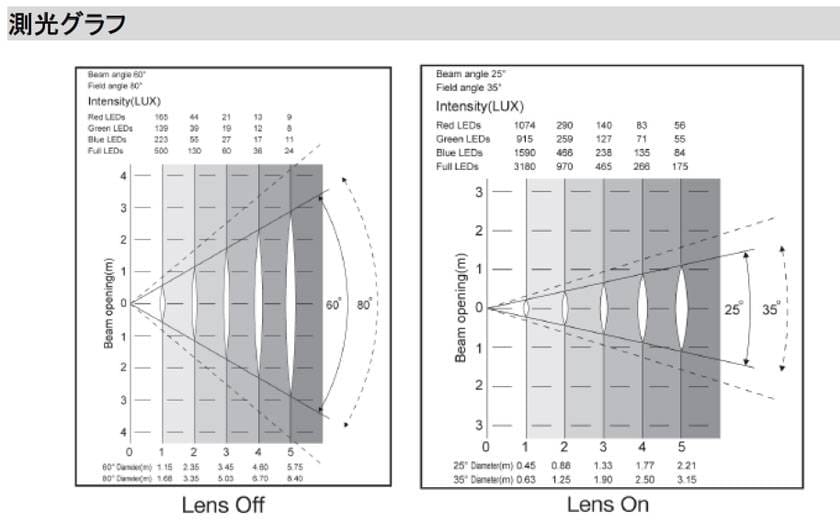
Here are two images of a photometric graph from the user manual of the American DJ Dotz Par LED PAR Light.
The graph shows in detail how much the illuminance varies depending on the beam angle of the lens, the colors, and the distance.
The Dotz Par lights use smaller lights, but the graph shows that the Dotz Par with all RGB turned on with the beam angled at 25° from a distance of 5 m is brighter than under a streetlight.
If the reference point is known, it is easier to imagine how bright it is.
If you’re looking to light up an actor’s face to project their facial expressions, about 500 lx will be enough and if you’re looking to create a good atmosphere for a theater scene, about 100 lx will be enough.
It’s important to choose lighting equipment that is suitable for the size of the place and the type of setting you’re planning to use it for.
American DJ / Dotz Par LED PAR Light
I hope this article will be helpful when choosing lighting equipment.





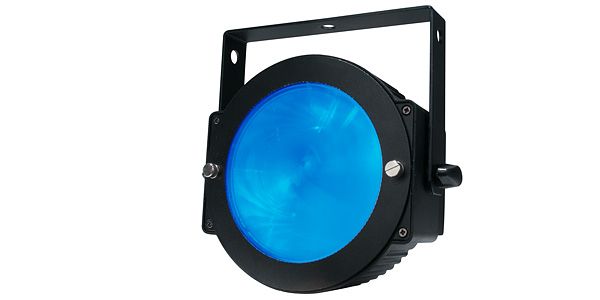


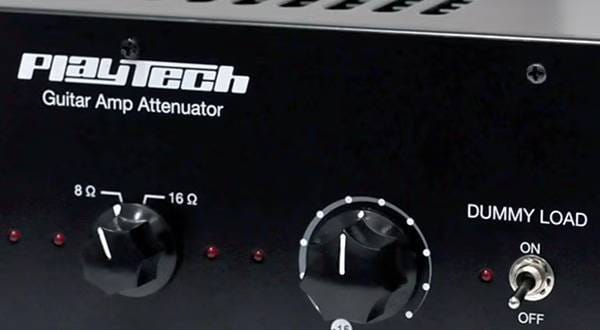


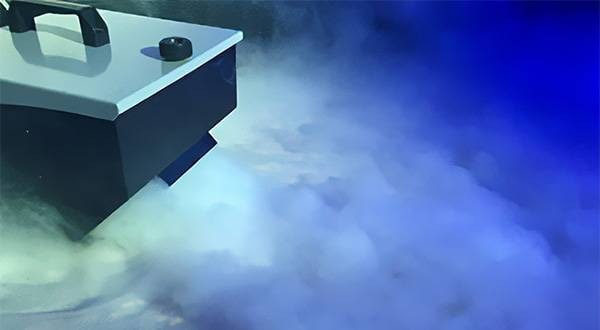
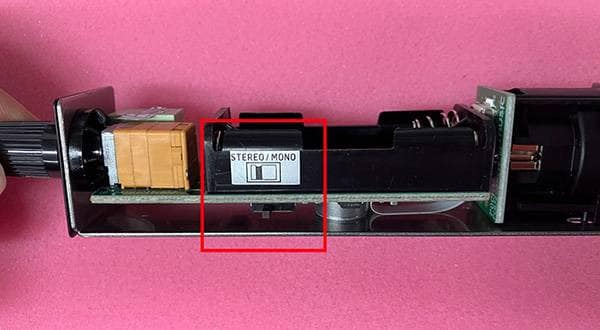
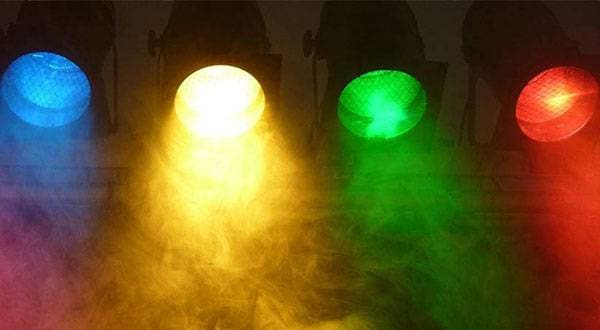
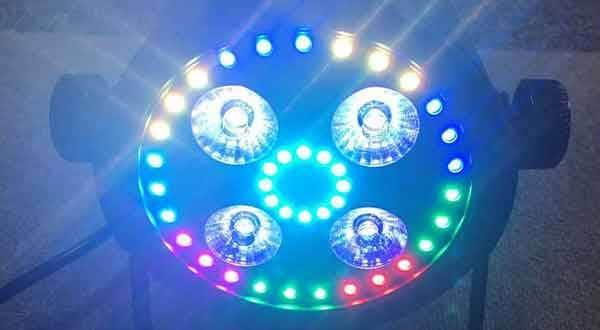
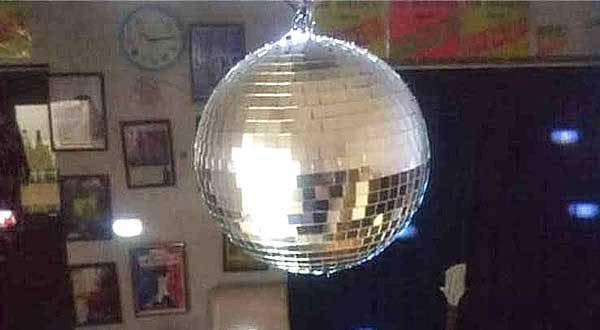
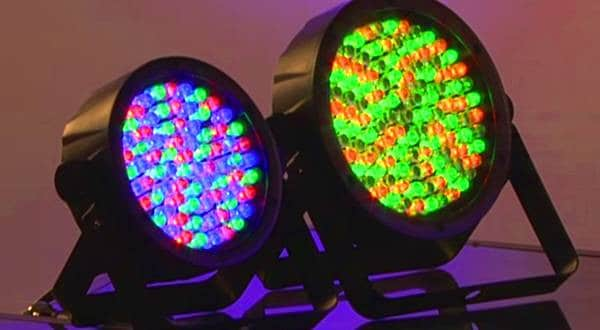
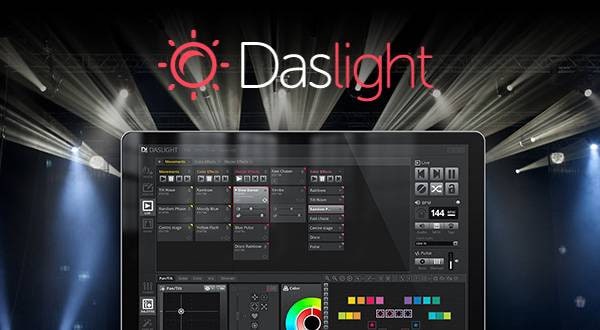
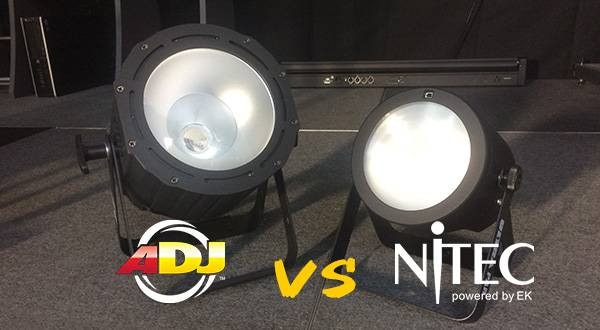
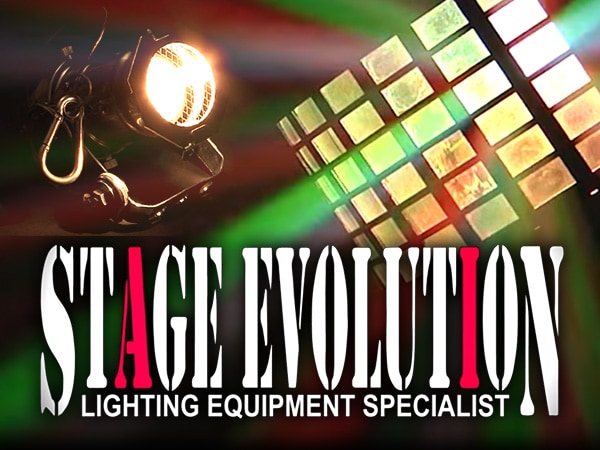 STAGE EVOLUTION ステージ照明
STAGE EVOLUTION ステージ照明
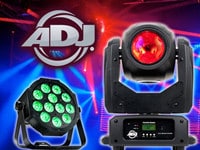 AMERICAN DJ ステージ照明
AMERICAN DJ ステージ照明
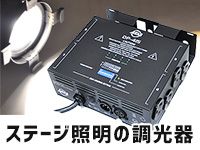 ステージ照明の調光器
ステージ照明の調光器
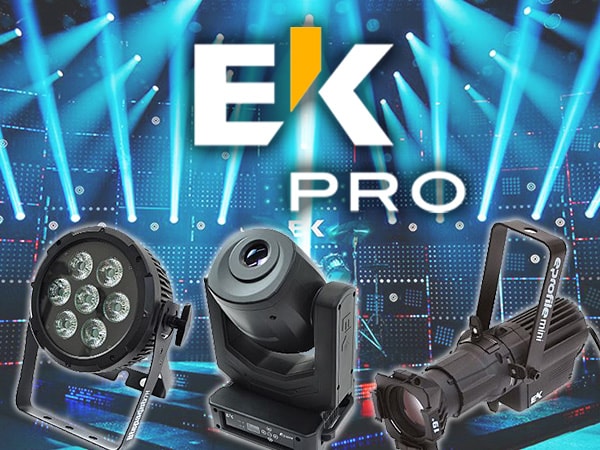 EK Pro ステージ照明
EK Pro ステージ照明
 プロ仕様 ステージ照明 ELATION
プロ仕様 ステージ照明 ELATION
 照明入門講座
照明入門講座















